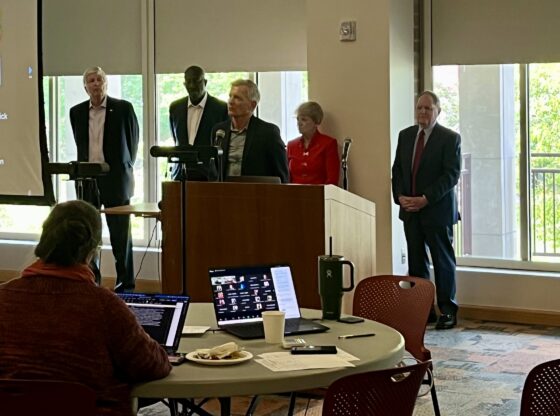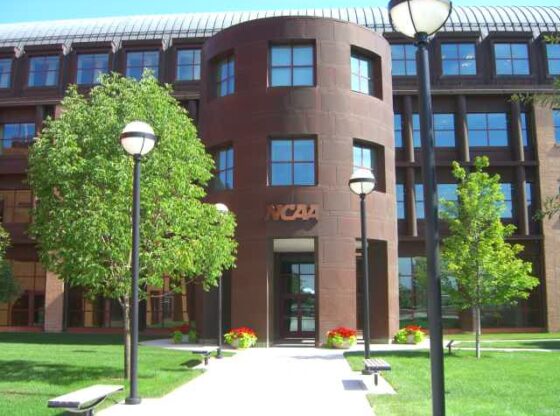A new technology for DNA analysis, developed by two scientists at DU, might revolutionize forensic science by dramatically reducing time, cost and amount of DNA evidence needed.
Phil Danielson, assistant professor at the Department of Biological Sciences at DU, and Robby Shelton, second-year doctoral candidate, found a way to analyze DNA that reduces the cost from $2,500 to $10 per sample. The process also cuts the analysis time from days to minutes and decreases the amount of sample required by as much as 99.5 percent.
The project started in 2000, when Danielson, Shelton and Greggory LaBerge, director of the DNA Laboratory at the Denver Police Department, had the idea that an instrument used for the identification of new genetic mutations of cancer cells could be employed for DNA analysis.
The new technology, called DHPLC profiling, does not necessitate DNA sequencing, the process of determining the exact order of the chemical building blocks that make up the DNA, and its time-consuming analysis. Instead, entire DNA molecules are identified in just one fast step.
DHPLC Profiling uses the more stable mitochondrial DNA (mtDNA) rather than nuclear DNA. “You can get mtDNA from places you can’t get nuclear DNA, like hair, ” said Danielson. This is a tremendous advantage because, whether you are looking at a crime scene or places of mass disasters like the World Trade Center site in New York, “Even if you don’t find anything else, you will always find hair.”
Because every cell of the human body contains at least 1,000 times more molecules of mtDNA than nuclear DNA, the probability of finding usable samples is much higher and, since mtDNA is more durable, older samples can be analyzed. Traditional mtDNA analysis is very expensive and has therefore been used only in severe cases. DHPLC profiling with its low cost offers the possibility to analyze mtDNA samples in all criminal cases.
But DHPLC profiling offers another significant advantage over traditional DNA analysis. “Our technology can separate mixtures of DNA, which is very important when you are dealing with samples containing DNA from several people, for example perpetrator and victim,” Danielson said. “So far, there hasn’t been a way to separate those. We are the first to be able to do that.”
DHPLC profiling can also help identify human remains in mass disasters such as the 9-11 terrorist attacks. Nuclear DNA analysis is rarely possible in those cases, because little of the victims’ tissue remains intact; therefore mtDNA analysis is the only choice left. Every cell in the body contains thousands of copies of maternally inherited mtDNA. All maternal relatives have the same mtDNA variant; therefore a victim’s remains can be identified through DNA obtained from relatives.
The development of the technology is completed. The next step will be a forensic validation study, for which Danielson and Shelton recently received funding from the National Institute of Justice. The study will take two to four years to be completed.










